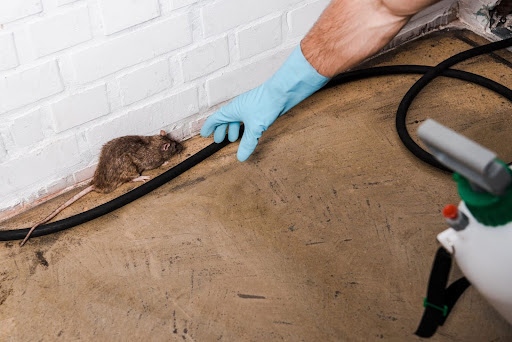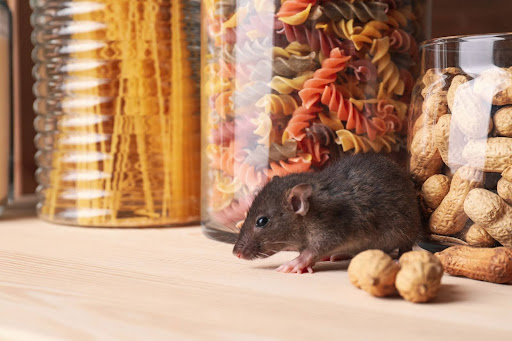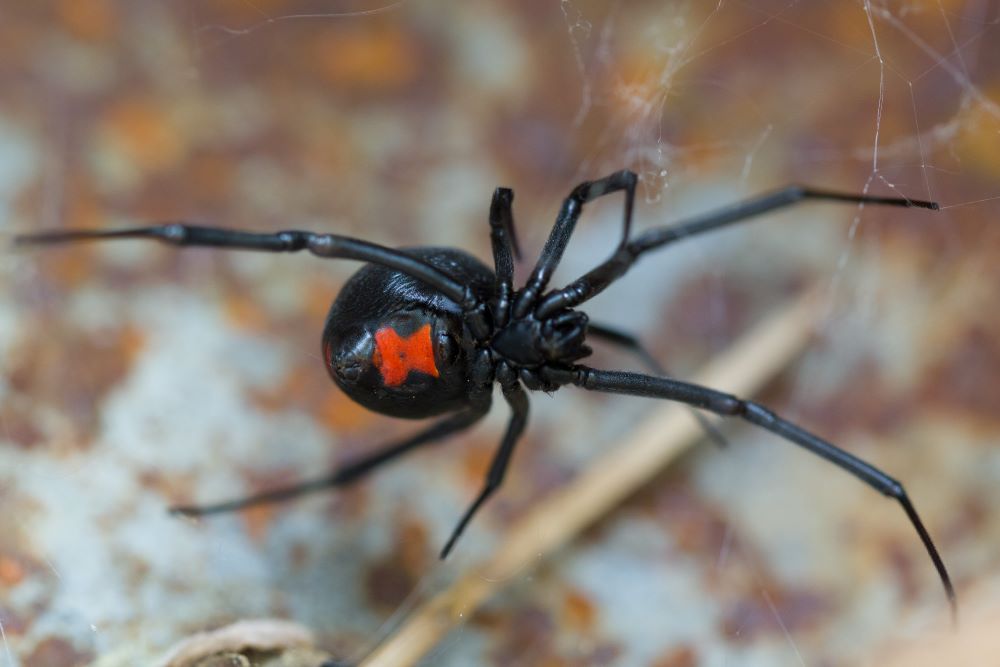Welcome to sunny Scottsdale, where the desert heat is just as relentless as the pests trying to invade your home.
If you’re a homeowner here, you know that dealing with these unwanted guests is practically a rite of passage – a tax you have to pay for living in such a beautiful place. But fear not!
Sit back, grab a cup of coffee, and let’s explore how you can take back your home from these tiny invaders.
The Challenges of Pest Control in Scottsdale
Living in Scottsdale means enjoying beautiful weather, stunning landscapes, and a great community. However, it also means dealing with a medley of pests that also thrive in the desert climate.
The hot, dry weather combined with urban development provides ample opportunities for pests to seek shelter and food in residential areas. Essentially, all the factors that attracted you to living in Scottsdale in the first place also attract pests.
But pests aren’t just annoying – they can pose significant health risks. From allergic reactions to disease transmission, the presence of pests like rodents, cockroaches, and mosquitoes can turn your home into a hazard zone.
Let’s not forget that your home is likely one of your most significant investments. Pests can cause considerable damage to that investment, leading to costly repairs.
The Most Common Pests in Scottsdale
Let’s get to know your enemies. Here’s a rundown of the most common pests in Scottsdale and how they can affect your home.
1. Scorpions
These creepy crawlies are infamous in the Scottsdale area. While most scorpion stings are not life-threatening, they can be incredibly painful. Scorpions tend to seek out cool, dark places, which unfortunately can include the inside of your home.
2. Termites
Termites are the silent destroyers. They can chew through wood, flooring, and even wallpaper undetected. Given the right conditions, a termite colony can cause massive structural damage before you even realize there’s a problem.
3. Ants
Ants might seem harmless, but they can be persistent nuisances. Certain species, like fire ants, can deliver painful bites, while others can contaminate food sources. Their colonies can also be challenging to eliminate once established.
4. Cockroaches
Cockroaches are more than just gross; they’re health hazards. These resilient pests can spread bacteria and trigger allergies and asthma attacks. They’re known for their ability to survive in almost any condition, making them particularly frustrating to deal with.
5. Rodents
Mice and rats are not only destructive but also carriers of various diseases. They can gnaw through electrical wiring, insulation, and even walls, causing not just damage but potential fire hazards.
Most Effective Tips for Pest Control in Scottsdale
Now that you’ve met the usual suspects, let’s talk about how to evict them from your home – quickly, and effectively.
1. Seal Entry Points
Pests can find their way into your home through the smallest cracks and crevices. Regularly inspect your home’s exterior and seal any gaps you find. Pay special attention to areas around windows, doors, and utility lines.
2. Keep it Clean
A clean home is less attractive to pests. Regularly vacuum, wipe down surfaces, and ensure that food is stored in airtight containers. Don’t forget to take out the trash regularly and keep outdoor areas free of debris.
3. Manage Moisture
Many pests are attracted to moisture. Fix any leaks immediately, use dehumidifiers in damp areas, and ensure that your home has proper drainage. This not only deters pests but also prevents mold growth.
4. Regular Inspections
Even with the best prevention efforts, pests can still find a way in. Regular inspections by a professional pest control service can catch issues early before they become major problems. Schedule inspections at least twice a year for the best results.
5. Invest in Professional Treatments
Sometimes, DIY methods just won’t cut it. Professional pest control services offer treatments that are more effective and longer-lasting. They can also customize their approach based on the specific pests and conditions in your home.
You might be wondering, “Why should I trust Green Magic Pest Control with my pest problems?” We’re glad you asked!
We’ve been in the pest control business for years, and we know Scottsdale like the back of our hand. Our team of experts is trained to handle any pest situation with precision and care.
At Green Magic Pest Control, we pride ourselves on our exceptional customer service. We’re not just here to solve your pest problems; we’re here to provide peace of mind.
Finally, we understand that pest control is an ongoing need, and affordability is key. That’s why we offer various plans to suit different budgets and requirements. Whether you need a one-time treatment or regular maintenance, we’ve got you covered.
Getting Started with Pest Control in Scottsdale
Ready to take control of your home? The first step is to schedule an inspection. Our team will conduct a thorough assessment of your home, identifying any current infestations and potential risk areas.
Based on the inspection, we’ll create a custom pest control plan tailored to your home’s needs. This plan will include prevention tips, treatment options, and a maintenance schedule.
Don’t wait until pests become a problem. Take action today and protect your home, your health, and your peace of mind. With Green Magic Pest Control on your side, you can enjoy a pest-free home all year round. Say goodbye to unwanted guests – and hello to peace of mind.






